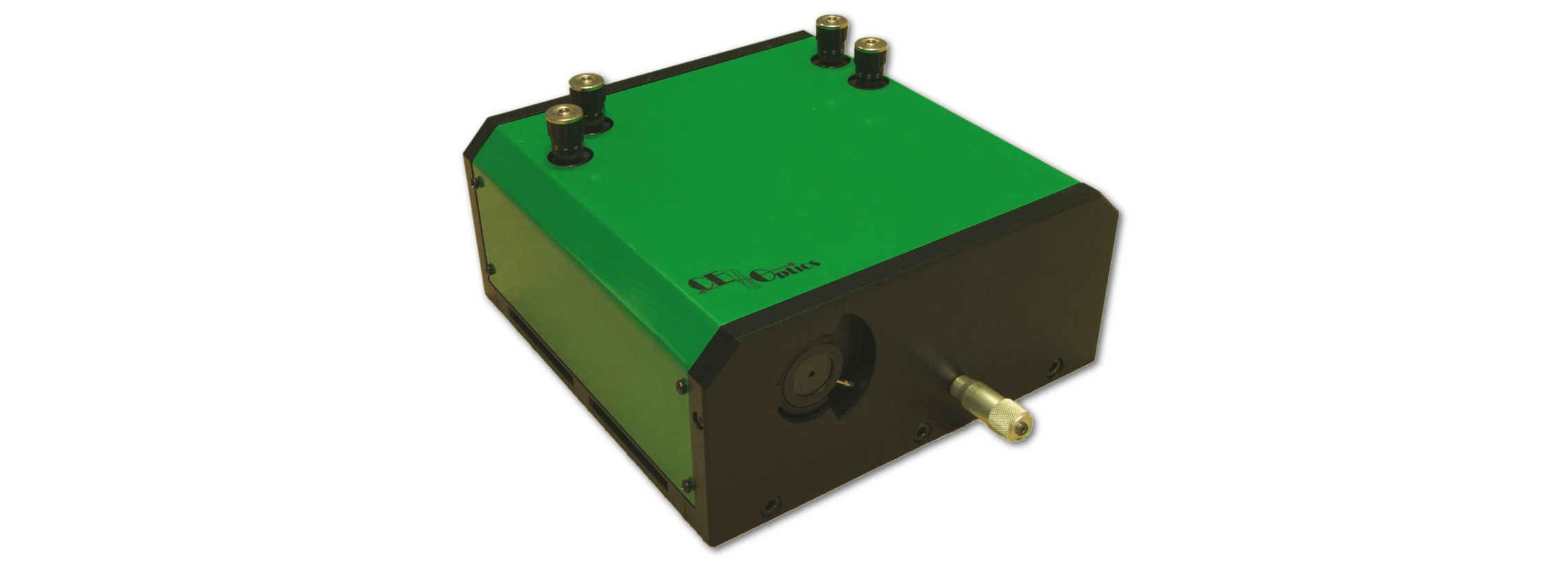
PhADIM-D
DescriptionFor measurement of phase front angular dispersion of Gaussian laser beams with an extension of material dispersion measurement Side effects of Phase Front Angular Dispersion (PFAD):
Side effects of Material Dispersion:
|
Ultrashort laser pulses are highly affected by dispersive medium. Bulk materials as well as chirped mirrors are shifting the spectral phase, and by that, forming the temporal shape of the pulses. The effects are more complex if the surfaces of the media are not parallel. Propagation of laser pulses through any prisms and wedges diverts the propagation direction of different spectral components and hence spectrally disperses the beam. If the spectral components are plane waves, then the propagation direction angular dispersion determined by the angle between the propagation directions of the components equals the phase front angular dispersion (PFAD) determined by the angle between their phase fronts. In case of Gaussian-beams, however, the phase fronts may be curved therefore the two definitions can give different values. The PFAD is the more relevant definition because if it is nonzero it results in a chirping and consequently temporal lengthening of the pulse along with deterioration of the temporal contrast, as well. In the spatial domain, the beam profile becomes spectrally asymmetric along the plane of angular dispersion. Our solution for its diagnostics, the PhADIM-D (Phase Front AngularDispersion by Inverted Mach-Zehnder Interferometer with an Extension of Material Dispersion Measurement), combined with a CEOptics CEO-2D-800 or CEO-2D-800-V imaging spectrograph is a powerful tool to measure the PFAD of ultrashort laser pulses with an extreme accuracy better than 0.1 μrad/nm and the dispersion of bulk materials and chirped mirrors also with outstanding accuracy. Due to the simple realization it is easy to handle, does not require advanced skills, the alignment and measurement only take a few moments. Our device is capable of real-time diagnostics also and independent of most pulse parameters including duration, energy, wavelength and polarization. Specifications
1) The range and accuracy depend on the specifications of the imaging spectrograph and the software. The displayed values are for color depth of 10 bit, spectral resolution of 0.1 nm, spatial resolution of 3.3 μm and around 800 nm and for FRINGER.
2)Accessible spectral range is determined by the available mirrors and imaging spectrograph. Custom designs available to suit your needs best. |
||||||||||||
Features
|
Smith | ||||||||||||
Accesories
|
